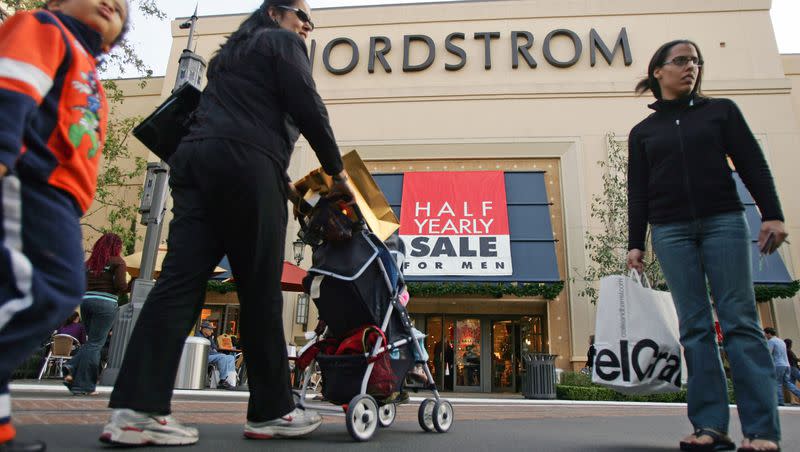Retailers are focusing on eliminating merchandise returns after $743 billion worth was returned in 2023

Merchandise returns in 2023 totaling $743 billion have caused retailers to focus on defining efforts to diminish returns.
The National Retail Federation released a report that disclosed the $743 billion figure in December 2023 that proved the total return rate within the industry for 2023 was 14.5%.
The NRF Executive Director of Research Mark Matthews said, “Retailers continue to test and implement new ways to minimize losses from returns, particularly those that are fraudulent, while at the same time optimizing the shopping experience for their customers.”
Related
What is the problem with retail returns?
Retail sales are one of the signs that helps the U.S. understand how the economy is doing, according to Investopedia.
When there is an increase in retail sales, that gives the nation the signal that the U.S. currently has a healthy economy.
If retail sales decrease, it shows the opposite. In 2023, “return fraud contributed $101 billion in overall losses for retailers,” which has signaled that the economy is reportedly not doing well.
The Future of Commerce says that along with the decrease in revenue and increase in costs, retail returns have a few reasons for being viewed as “undesirable.”
Another reason for why retail returns are a problem is that they “add to your business’s carbon footprint through shipping, packaging, and even the potential waste of the product itself.”
Related
How are retailers eliminating returns?
Matthews further detailed, “Retailer’s efforts include providing greater detailed descriptions on sizing and fit of products for online purchases and requiring a receipt with returned items. As a whole the industry is prioritizing efforts to reduce the amount of merchandise returned in stores and online.”
CBS News reported that one way retailers, including 81% of merchants, are trying to keep a handle on their returns is by adding shipping fees for mail-in returns.
Some big mall brands reported to be implementing this policy are:
Macy’s.
Abercrombie.
J. Crew.
H&M.
Amazon: charges if a person returns an item to a UPS store when there is a Whole Foods, Amazon Fresh grocery store or Kohl’s close to the address of where the item was first delivered.
NRF reported that in an effort to diminish the amount of retail returns in the future, the federation “has partnered with Appriss Retail to pair their customers’ returns data with NRF survey responses.”
The reported goal of the partnership is to help companies understand the phenomena behind the surge of returns in 2023.

